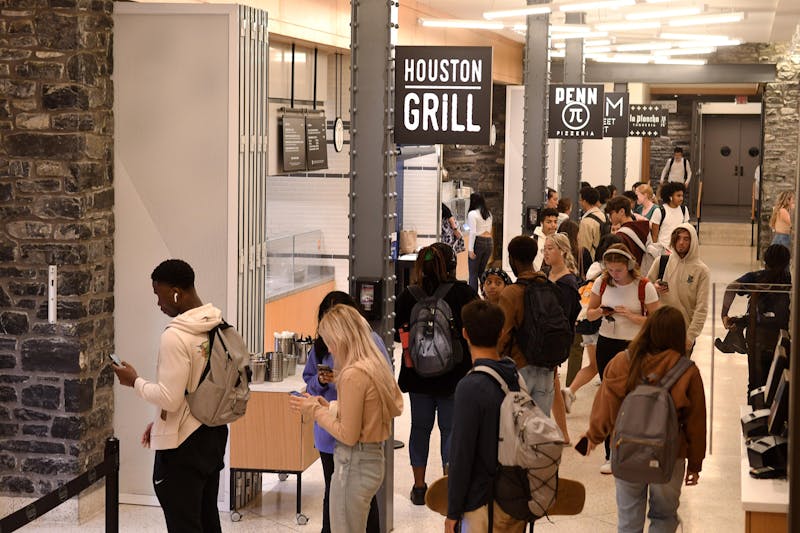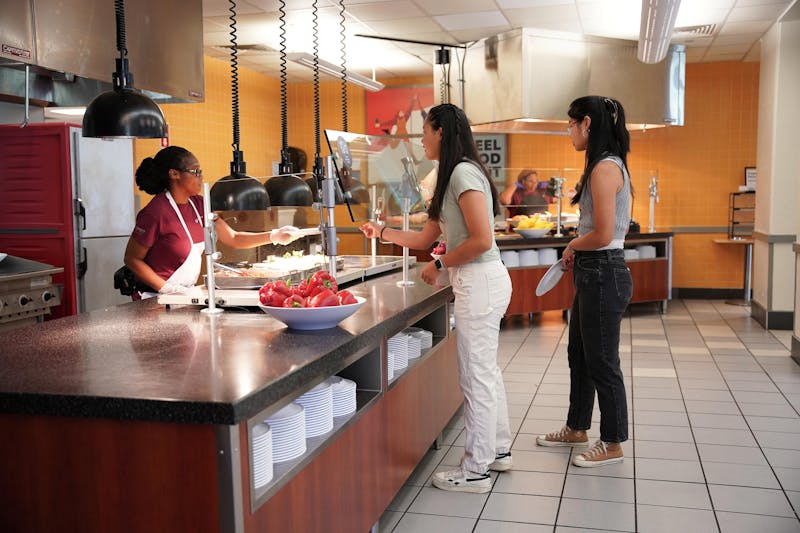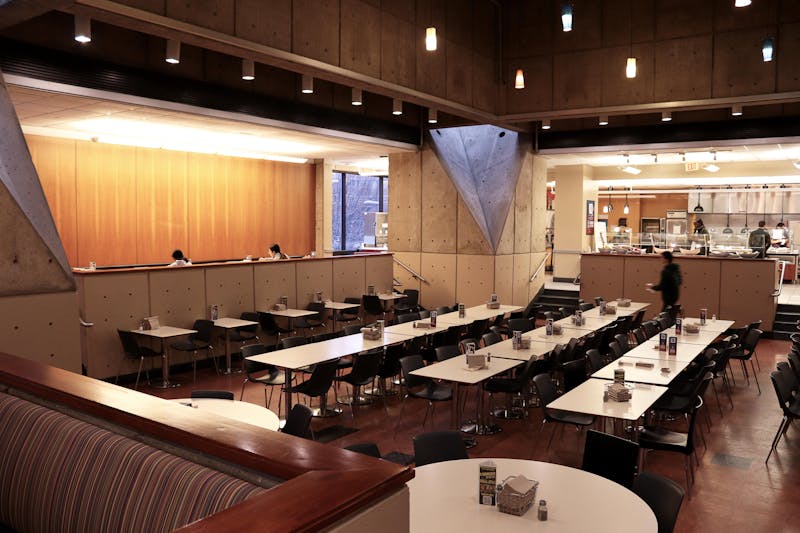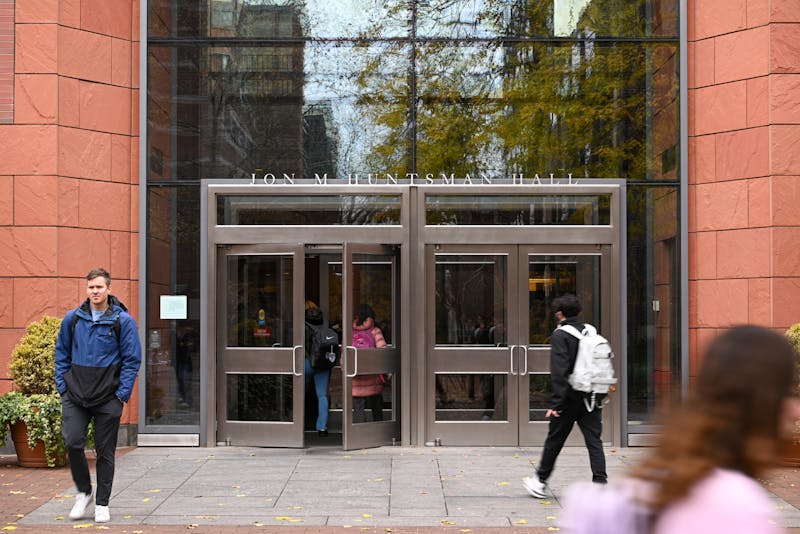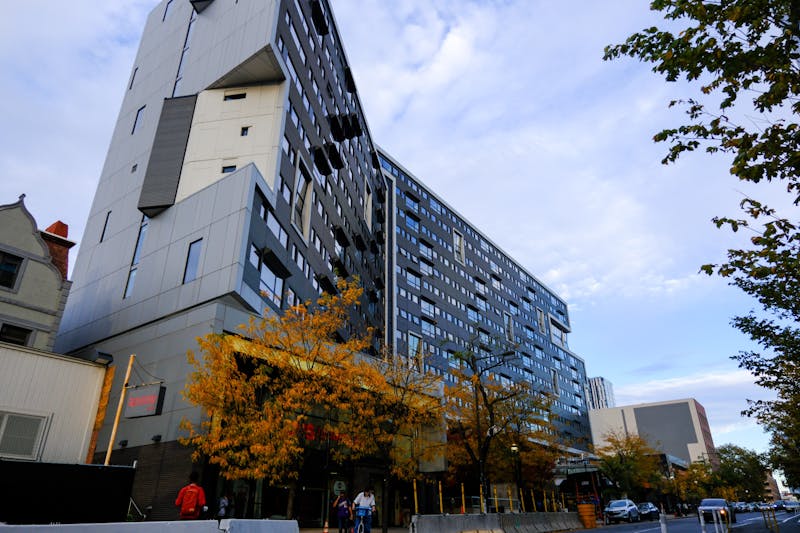
Not a single person on campus seems to be satisfied with Penn Dining. Over the past month, The Daily Pennsylvanian published several pieces that express dissatisfaction. They highlight four problems.
The first problem is sanitary issues. Students have reported finding a cockroach, maggot, and glass in their food. It is also no secret that last year, Penn’s dining halls received a total of 100 health code violations, with Hill House and 1920 Commons being outright noncompliant with the general standards set by Philadelphia’s Department of Health.
The second problem is the taste of the food. I acknowledge that taste is a very subjective matter. But when we would rather line up at food trucks on 38th and Spruce streets than eat at dining halls and have several dozens of unused swipes at the end of semester, something must be wrong.
The third problem is the food being too pricey. A small box with nine pieces of sushi or two normal-sized buns from the cafe at McClelland costs one swipe, which is equivalent to at least $10, depending on the dining plan. Penn admitted that eating off campus costs less than it does on campus, and some expressed that it is difficult to feel full living only on the dining plan.
The fourth problem is the limited operating hours of dining halls. On regular weekdays, though they do not give us 7:30 a.m. to 12 a.m. dining hall access like some schools do, the hours cover most of the normal eating times. Choices become more limited during weekends and over breaks. Brunch opens at 9 a.m. on weekends and is only provided at Hill House and Commons. Over spring break, Hill House was the only non-retail dining hall that opened.
The problems are clear and simple. But after years of complaints, nothing has changed (well, except for the annual increase in meal plan prices). And I believe nothing will change in the near future — no truly viable solution exists to Penn’s dining hall dissatisfaction.
What are some practical solutions to address dining hall problems? Eliminating the dining plan requirement for first-year and sophomore students would definitely be one. When students do not need to pay Penn a lump sum at the start of the semester, their decision on where to eat will be purely based on taste and price. If Penn Dining makes no improvements, students will either eat out or cook on their own, and dining hall revenues will tumble.
Another possibility is to have two or more food contractors. Competition gives the dining halls an incentive to improve their food quality and lower prices to attract students. If they do not, again, they will face revenue contraction. Essentially, the more affordable choices students have, the better Penn’s dining services will be.
But none of these changes will probably ever happen. No school administrator would want to cut the flow of profit from dining plans. No food contractor would sign a contract with Penn knowing that it faces competition from another food contractor. And why would Penn double the cost of food contractors? There is no financial rationale for improving students’ dining experience, and no matter how many more articles we write on “Penn should improve its dining services,” we still have to wake up the next morning and use our swipes.
So will we be forever stuck with Penn’s unsatisfactory dining halls, at least for the first two years? Unfortunately, I would say yes. Unless we are willing to pay for the meal plans but not eat at dining halls, or we actually find Penn’s dining satisfactory, we will need to look forward to life as an upperclassman.
FRANKLIN LI is a College first year from Beijing, China. His email is liyuzhou@sas.upenn.edu.
The Daily Pennsylvanian is an independent, student-run newspaper. Please consider making a donation to support the coverage that shapes the University. Your generosity ensures a future of strong journalism at Penn.
Donate




